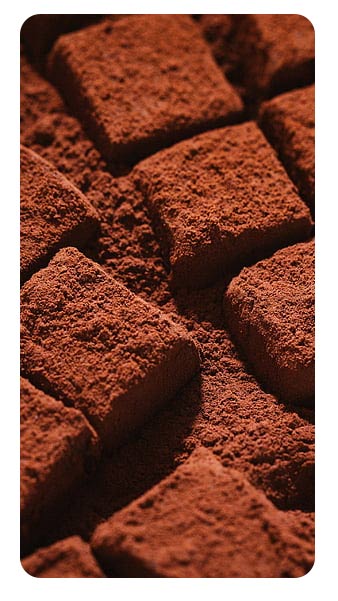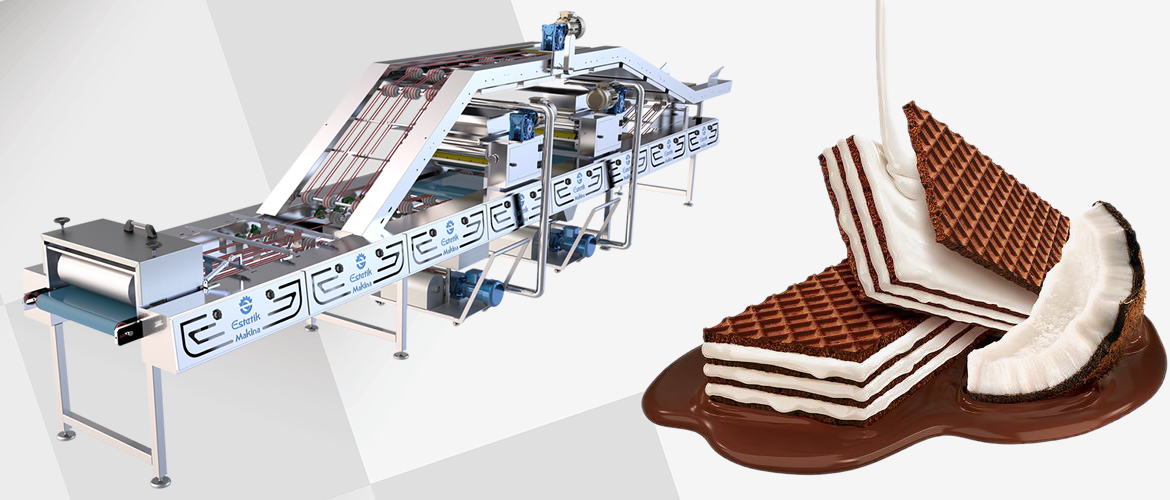
Cocoa is the product of the fruit of the cocoa tree (lat. Theobroma cacao), which requires a hot, wet climate, a mean shade temperature of 27°C, and well-distributed rainfall. This is why it can only be grown in regions within 20º latitude of the Equator.
Although the cocoa tree is indigenous to Latin America, Africa today accounts for 70% of the world’s cocoa bean production. Cocoa farming is mostly manual, requiring significant expertise and most cocoa in Africa is grown on small family farms of 2-5 hectares. Next to the Ivory Coast and Ghana, other major cocoa producing countries are Nigeria, Cameroon, Indonesia, Papua New Guinea, Malaysia, Ecuador, Brazil and Colombia.
The cocoa is a very unusual looking tree, with yellow, green and red coloured fleshy fruit pods, about 25 cm long, hanging directly from its trunk and branches. The cocoa beans are embedded within a sticky, white, sweet tasting pulp. At harvest, the cocoa bean has to have reached the proper level of ripeness as under-ripe or over-ripe pods will have a negative impact on the bean’s cocoa flavour.
Raw cocoa beans are bitter and quite inedible. Two processes are required to turn the raw bean into the raw material for chocolate: fermentation and drying. Once the beans have been removed from the pods they are stacked, covered and left to ferment for 3-9 days. The process generates high temperatures of about 50ºC activating enzymes in the beans to form compounds that produce the chocolate flavour when the beans are roasted. The fermentation process must have been concluded properly. Too little fermentation and the desired cocoa taste does not develop fully, too much fermentation and undesirable “off tastes” develop.
After fermentation the beans are spread out on mats and usually left to dry in the sun for several days to keep them from spoiling. During drying, beans lose nearly all their moisture and more than half their weight. Finally, when the beans are dried, they are packed in 60-80 kg jute sacks for shipping
Oven outer covers can be manufactured from stainless material or painted on request.
There are 2,3 or 4 heating cells on the machine capacity.
The outer hoods of the oven cowl are made of stainless material or painted.
The belt system used in the kiln is designed as a wire band or chain system.
There are observation Windows to see the products baked in the oven.
Steam chues in the are available to throw out the steam that forms in the oven.
Tape the band to prevent slipping of the routing system.
Oven fuel type is determined according to demand.
Thanks to the control panel on the machine, the cooking time of the production can be adjusted.

Automatic transfer of leaves between leaf cooling machine as the creaming proces is done.
Provides possibility to apply of cream at desired thickness.
There is the possibility of riding single color or double color as cream.
Entirely made of stainless materials.
Pressing the system automatically leaves the ending version is available.
Creaming the cream is applied during chamber and are transferred to the recycling facility.

ABOUT THE COMPANY DORNA BISKUVI was established in . The staff of our company is a solid team of professionals, and each of us is a professional in his(shis) occupation.
SIYAVUSPASA MAH BASAK SK BASARAN AP B BLOK NO:21 BAHCELIEVLER / ISTANBUL
info@dornabiskuvi.com
+90 5319306877
Subscribe to our newsletters
© Dorna Biskuvi. All Rights Reserved. Designed by HTML Codex